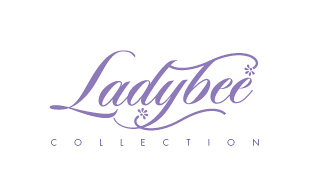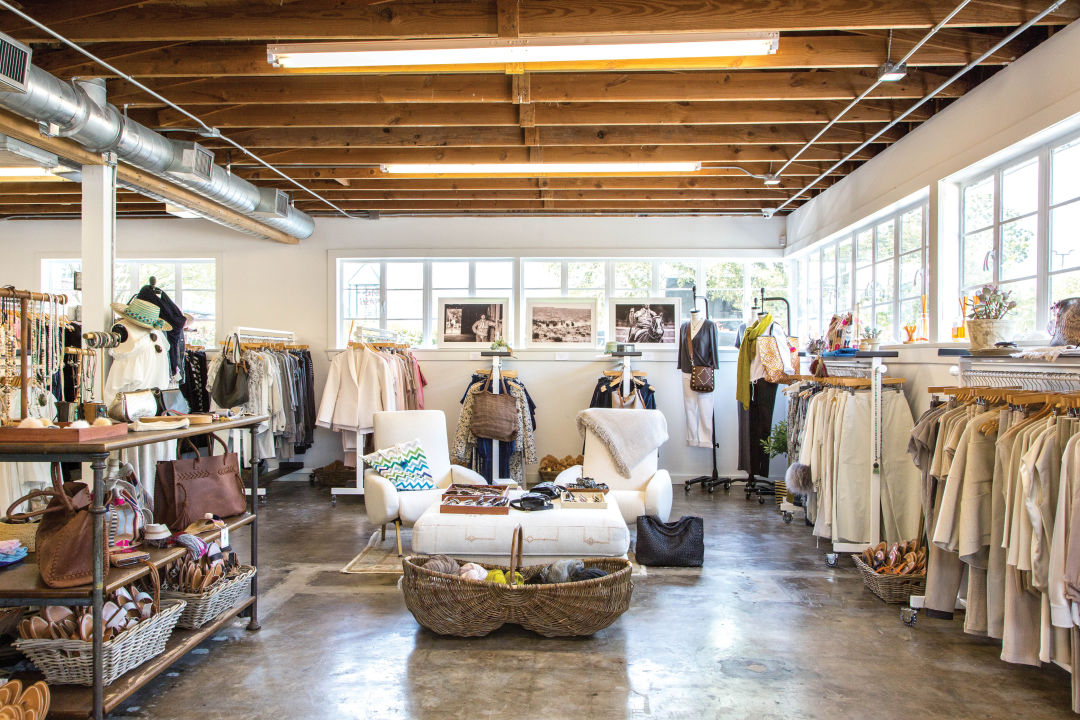Raise Your Wardrobe with Sensational Boutique Fashion Basics
Raise Your Wardrobe with Sensational Boutique Fashion Basics
Blog Article
Lasting Fashion: Exactly How Eco-Friendly Clothing Is Shaping the Future of Design
As the fashion industry faces enhancing analysis over its ecological impact, the increase of lasting fashion supplies a promising choice that aligns style with environmental responsibility. boutique fashion. How does this motion truly influence the future trajectory of fashion, and what obstacles exist in advance in its prevalent fostering?
Cutting-edge Lasting Materials
As the style market grapples with its environmental impact, innovative sustainable products have actually emerged as a vital solution for reducing environmental impacts. These materials not just decrease dependency on fossil gas however likewise reduce hazardous chemical use and water consumption.
Along with plant-based materials, developments in biofabrication have resulted in the advancement of lab-grown fabrics. Mycelium leather, derived from mushroom roots, provides a naturally degradable and versatile choice to animal natural leather. Its manufacturing causes considerably lower carbon discharges and water use, making it a more sustainable alternative for designer looking for to straighten with environmentally friendly practices.
Recycled materials are also acquiring grip, with polyester made from recycled plastic containers standing for a substantial development. This technology not just draws away plastic waste from oceans and garbage dumps however likewise lowers energy usage contrasted to producing virgin polyester. Together, these materials emphasize the capacity for an extra lasting fashion market, leading the way for environmentally conscious style and production.
Eco-Conscious Production
Structure on the innovations in sustainable materials, the garment industry is likewise re-evaluating its production procedures to even more decrease ecological effect. Key methods include reducing water usage, reducing carbon discharges, and removing harmful chemicals. By adopting closed-loop systems, manufacturers intend to reuse water and power successfully, considerably diminishing waste. The combination of renewable resource sources, such as solar and wind power, right into manufacturing centers even more reduces reliance on fossil fuels.
An additional important element is the reduction of poisonous chemicals typically used in coloring and finishing textiles. Eco-conscious suppliers are shifting towards plant-based dyes and waterless dyeing technologies, which not only safeguard neighborhood ecosystems yet likewise boost employee security. Advancements like digital printing minimize fabric waste and energy intake, using a cleaner choice to conventional approaches.
Additionally, transparency and traceability have become critical. With the advancement of blockchain modern technology, business can currently supply comprehensive insights right into their supply chains, making certain ecologically pleasant and moral methods at each action. This openness constructs consumer trust fund and urges brands to preserve high sustainability criteria. As the demand for eco-conscious products grows, producers are obliged to introduce, guaranteeing that the future of fashion is both stylish and lasting.
The Surge of Upcycling
Upcycling, a transformative practice in lasting fashion, includes artistically repurposing disposed of materials into new, high-quality items. This ingenious method not only minimizes waste but likewise lessens the need for raw products, thus reducing the ecological impact of apparel manufacturing. By reimagining and rebuilding existing items, developers and fashion brands are able to infuse creativity right into their collections while advertising ecological responsibility.

Moreover, the upcycling activity has encouraged little organizations and independent designers, who commonly lead in technology due to their dexterity and creative thinking. By maximizing the plentiful accessibility of extra products, these entities add to a circular economic situation, showing that style can be both sustainable and elegant. Via upcycling, the market takes considerable strides towards an extra accountable and mindful future.
Thrift Culture's Effect
The burgeoning thrift culture considerably reshapes the landscape of sustainable style, stressing the importance of conscious intake. This cultural change urges consumers to accept previously owned clothing, thus decreasing my sources the demand for see this website brand-new garment manufacturing and decreasing ecological effect. Thrift buying not only expands the lifecycle of clothing however also decreases the carbon impact linked with production, moving, and disposing of garments.
A key facet of thrift society is its democratization of style. By supplying a large range of styles from numerous ages at budget-friendly costs, second hand stores make fashion obtainable to a more comprehensive target market. This accessibility promotes a sense of uniqueness and imagination, as consumers mix and match distinct items to curate individualized closets without adding to the fast fashion cycle.
Furthermore, thrift culture advertises circularity in style, straightening with the principles of a circular economy. As even more customers and developers welcome second hand society, the style sector is urged to adapt, integrating lasting techniques to fulfill the expanding demand for eco-conscious alternatives.

Future Trends in vogue
Style's evolution is progressively shaped by technological developments and sustainability-driven initiatives. One noticeable trend is the surge of digital fashion, where digital garments can be used in increased fact atmospheres, significantly minimizing textile waste.
Additionally, the combination of blockchain modern technology provides new possibilities in openness and traceability, allowing consumers to validate the sustainability credentials of their clothes. boutique fashion. This makes sure liability in supply chains and promotes ethical sourcing techniques. 3D printing is yet another advancement that promises to transform producing processes by allowing on-demand manufacturing, therefore lowering excess inventory and waste
Additionally, the growth of that site bio-fabricated products, such as lab-grown natural leather and plant-based fabrics, presents sustainable options to traditional products. These developments lower dependence on animal products and resource-intensive crops. As these modern technologies mature, they are poised to change the fashion landscape, combining design with sustainability. The future of fashion, therefore, depends on a seamless mix of technology, innovation, and environmental responsibility.
Verdict
The change of the fashion business via lasting practices shows a critical shift towards ecological accountability. The combination of innovative materials, eco-conscious manufacturing methods, and the embracement of upcycling and thrift society highlights a dedication to lowering ecological impacts. As these methods gain energy, they redefine the industry's story by prioritizing ethical and sustainable options. This development not just straightens fashion with ecological sustainability yet likewise sets a criterion for future patterns concentrated on obligation and development.
As the style sector encounters raising examination over its environmental influence, the increase of lasting fashion offers an appealing option that aligns design with ecological duty.As the fashion industry grapples with its environmental effect, cutting-edge lasting products have arised as a critical service for lowering ecological impacts. Together, these materials emphasize the possibility for an extra lasting fashion market, paving the means for ecologically aware layout and production.
Structure on the developments in lasting materials, the fashion market is also re-evaluating its manufacturing procedures to better minimize ecological impact. boutique fashion.Upcycling, a transformative practice in lasting fashion, includes creatively repurposing disposed of materials right into brand-new, top notch products
Report this page